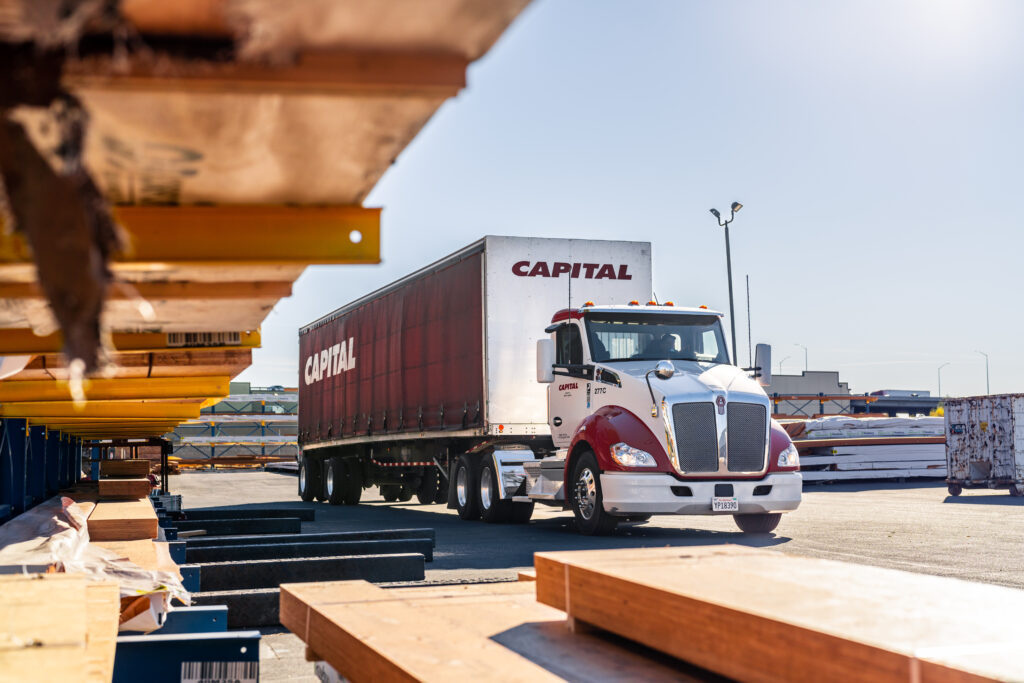
Every day and night, moving across highways, trucks take goods from one place to the other. Delivering everything from food to hazardous materials to every corner of the country, truck drivers are the unsung heroes keeping industries afloat moving the country’s economy and sustaining the supply chain. Truck drivers are essential, and not only to the industry but to the country as a whole.
Being a truck driver is a lifestyle. It takes a special kind of personality and skillset to do it successfully. Truck drivers have the freedom of being on open roads, exploring new places, and having independence behind the wheel. However, the job also requires a high level of responsibility, concentration, and sacrifice.
With such responsibility and importance on the role of a truck driver, the question is, how much is a truck driver paid?
Let’s explore the pay scale and compensation for a truck driver in the United States.
The Basics
Before diving into the numbers, it’s crucial to understand the various components of a truck driver’s pay. Unlike many traditional jobs with fixed salaries, truck driver compensation often includes multiple elements:
- Base Salary or Hourly Rate: This forms the core of a driver’s pay. Some drivers are paid by the mile, while others receive hourly wages.
- Bonuses and Incentives: Many trucking companies offer bonuses for various achievements, such as safety milestones, on-time deliveries, or referrals. These bonuses can significantly boost a driver’s income.
- Benefits: Depending on the employer, truck drivers may receive benefits such as health insurance, retirement plans, and paid time off. These benefits contribute to the overall compensation package.
- Perks: Some companies provide additional perks like reimbursement for expenses incurred on the road, access to company facilities (such as gyms or cafeterias), and even tuition assistance for further education.
Factors Influencing Pay
The salary of a truck driver is influenced by several factors:
Experience: Just like in any profession, experience matters. Seasoned drivers with a long history of safe driving and reliable service often command higher pay rates.
Type of Freight: The type of cargo being transported can impact pay. Hauling hazardous materials or specialized goods may come with higher pay due to the additional training and risk involved.
Location: Pay rates can vary significantly depending on the region. Urban areas with high demand for freight transportation may offer higher wages to attract drivers, while rural areas may have lower pay but lower living expenses.
Company Size and Reputation: Large, established carriers often offer competitive pay and benefits to attract and retain drivers. Smaller companies may offer more personalized experiences but might not match the pay scale of their larger counterparts.
Regulations and Legislation: Changes in labor laws, industry regulations, and government policies can impact driver pay, especially regarding overtime rules and rest requirements.
Top 5 Truck Driver Salaries in the Trucking Industry
-
Team Truck Drivers
Team truck drivers specialize in high-speed, long-range load deliveries and it is typically a team of two drivers in the same truck, driving in shifts.
-
Specialty Vehicle Haulers
Specialty haulers specialize in transporting race cars, luxury automobiles, collectibles, and other expensive items.
-
Oversized Load Driver
Also known as over-dimension loads, oversized loads are bigger than the standard legal dimensions, transporting anything from industrial machinery to mobile homes, and construction equipment. The role of an oversized load driver requires extraordinary skills in maneuvering loads.
-
Regional Truck Drivers
Regional truck drivers often work within a region and don’t have to be away from home for very long periods, allowing for a more balanced lifestyle. The salary is hugely dependent on the level of expertise and region.
-
Ice Road Drivers
The job of an ice road truck driver is risky and requires several years of experience, as they drive in very challenging and dangerous conditions, getting goods to remote towns and mining operations.
Looking into the Future
Several trends are emerging in the industry as we look into truck driver salaries. The ongoing driver shortage, driven by an aging workforce and a lack of new entrants into the profession, is likely to continue, putting upward pressure on wages as companies compete for talent.
Sustainability and environmental responsibility also play a big part, where we might start to see companies offer incentives for drivers who operate fuel-efficient vehicles or participate in fuel-alternative initiatives.
E-commerce is on the rise, creating opportunities for drivers to work as independent contractors. While the opportunities are attractive for truck drivers looking for more flexibility, it is also raising questions about worker rights and protections.
Conclusion
The salary of a truck driver in the United States is influenced by many factors, including location, industry trends, demand, and even technology. The compelling career of a truck driver can come with significant financial rewards, but also with its share of challenges. Truck drivers play a vital role in the nation’s economy and continue to be the force behind the country’s commerce.

